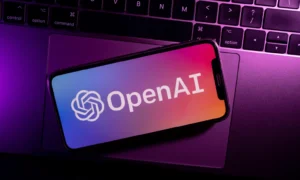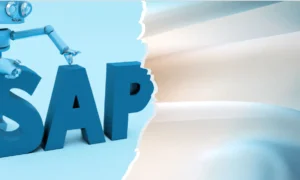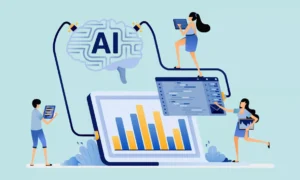Can future CEOs speak AI as fluently as balance sheets? Texas A&M thinks they should.
To close the gap between emerging technology and corporate leadership, the university is launching a new undergraduate minor—one that puts artificial intelligence at the heart of business education.
It’s not just about algorithms. It’s about building smarter, faster companies for the future.
What’s the News?
This fall, Texas A&M’s Mays Business School will roll out a pilot version of its new Artificial Intelligence and Business minor. The initiative is designed to give students hands-on, strategic exposure to AI’s growing influence on modern enterprises.
The program, backed by Mays’ senior associate dean Shrihari Shridar, is part of a larger shift toward making AI literacy a baseline requirement in business education. According to Shridar, AI isn’t confined to labs or tech teams anymore. It’s already reshaping boardrooms, operations, customer experiences, and even HR.
“AI is no longer just in science,” he said in a KBTX interview. “It’s in the break room. It’s on your phone. We want to help students see AI as more than just a tool—it’s a driver of company-building.”
Shridar emphasized that AI supports every key function of business: from identifying value and creating customer-centric solutions, to delivering that value efficiently and turning it into long-term performance.
Initially, the program will accept a limited number of students in Fall 2025. A broader rollout is expected by Spring 2026. Coursework is expected to blend AI fundamentals with real-world applications in areas like marketing, supply chains, and financial modeling.
Why It Matters
This move reflects a broader trend: AI is becoming a foundational business skill, not just a technical one.
As more industries adopt machine learning, automation, and data-driven tools, business leaders must learn to evaluate and deploy these technologies strategically—not just delegate them to IT. Programs like this prepare students to lead in a world where competitive advantage is increasingly algorithmic.
The minor could also help bridge a real talent gap. According to a recent IBM study, over 40% of businesses cited a lack of AI-literate leadership as a barrier to transformation. By blending business acumen with AI fluency, Texas A&M aims to give its grads an edge in a rapidly shifting job market.
And it’s not just for tech giants. Retail, logistics, consulting, and even nonprofits are integrating AI to improve outcomes and cut costs. Understanding both the potential and the limitations of these tools is quickly becoming a must-have skill.
💡 Expert Insight
This kind of AI integration is exactly what public institutions and universities need,” said one consultant who works with governments and schools on digital strategy.
“Digitizing legacy thinking is as important as digitizing data. Business students trained in AI won’t just follow market trends—they’ll shape them.”
GazeOn’s Take
Texas A&M’s pilot program is a glimpse of where business education is headed. As AI moves from trend to infrastructure, more universities are likely to follow with their own interdisciplinary offerings.
Expect to see similar programs appear in finance, management, and entrepreneurship tracks nationwide. The next generation of executives may be trained to think not just like MBAs, but like AI product strategists.
💬 Reader Question
Would you take an AI-and-business minor if you were in school today? Or offer it to your team? Tell us what you think.
About Author:
Eli Grid is a technology journalist covering the intersection of artificial intelligence, policy, and innovation. With a background in computational linguistics and over a decade of experience reporting on AI research and global tech strategy, Eli is known for his investigative features and clear, data-informed analysis. His reporting bridges the gap between technical breakthroughs and their real-world implications bringing readers timely, insightful stories from the front lines of the AI revolution. Eli’s work has been featured in leading tech outlets and cited by academic and policy institutions worldwide.



























